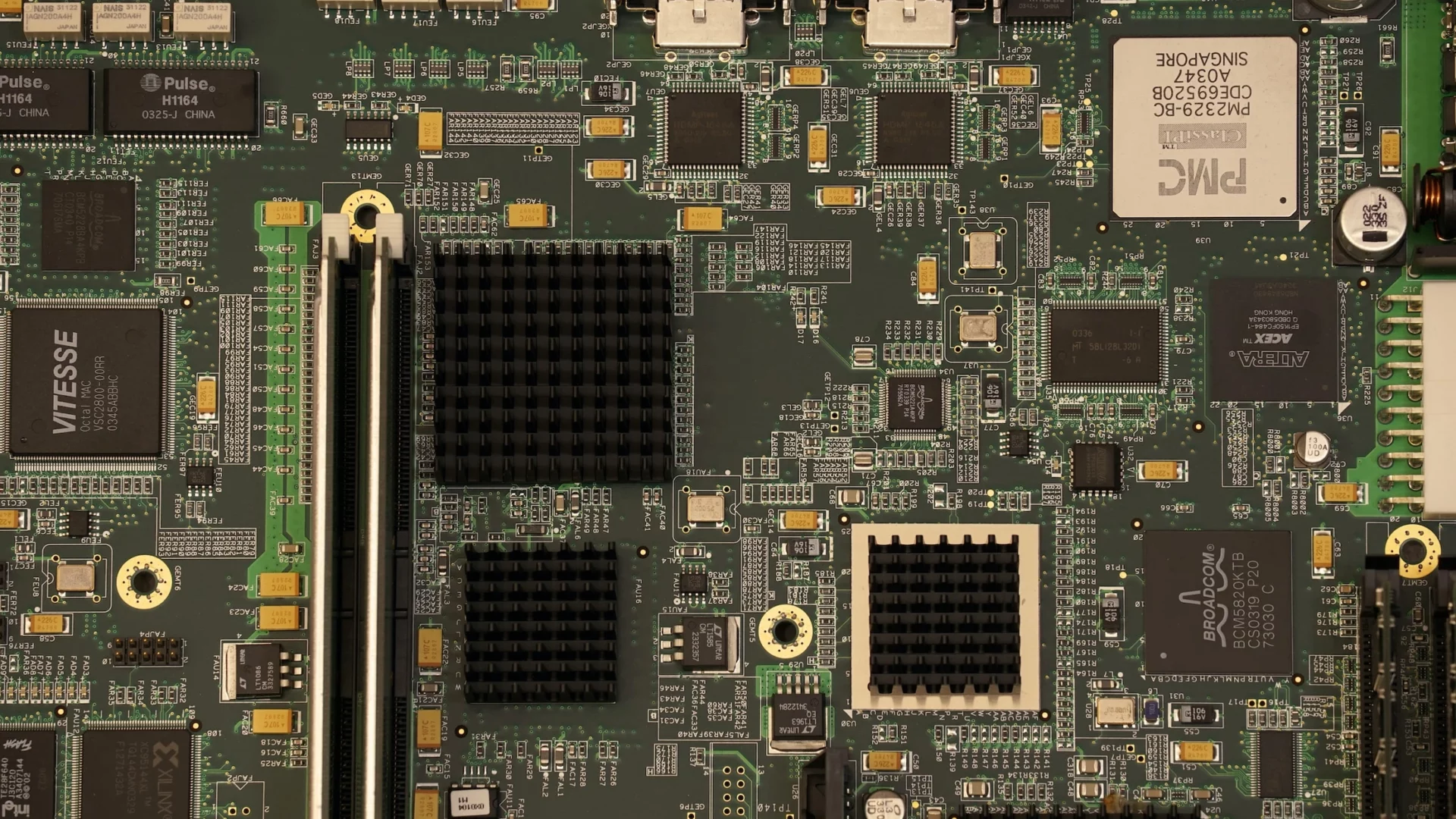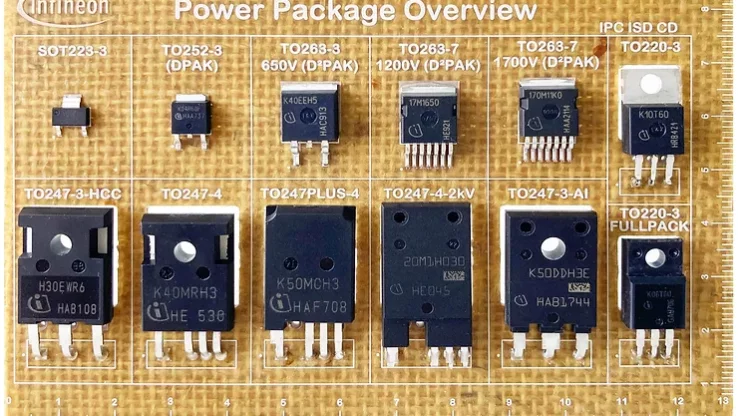Meanwhile, major changes are in store for the global market in the future. Currently, around 90% of the high-end chips produced worldwide come from Taiwan – but this is set to change. The West wants to limit its dependence on Asian suppliers and value chains. That’s why the USA and the EU are now also investing more in local chip production. The USA intends to support new factories through an investment of more than 52 billion dollars. However, the companies receiving support must adhere to a number of guidelines; among other things, they are prohibited from expanding to China or trading there in the first ten years. The EU is following suit with the European Chips Act: By 2030, one-fifth of all microchips are to come from Europe. To this end, manufacturers have up to 43 billion euros in government and private investments at their disposal. For example, the Californian semiconductor giant Intel has announced that it will not only invest in sites in Arizona, but also in Europe. A plan to break ground for a huge factory in Magdeburg, Germany, is set for 2023.
Semiconductor Crisis: Not Out of the Woods Yet
12. October 2022
You can find them in all kinds of machines, and despite being only 10 to 14 nanometers wide, everyone seems to be on the hunt for microchips. Following the semiconductor crisis, demand for chips continues to rise faster than they can be replenished. While some industries have found ways to bridge the gap, others will have to deal with the shortage for longer than previously anticipated.
Demand Surpasses Production Capacity
Experts from the management consultancy firm Roland Berger are convinced that the shortage of microchips will extend beyond 2022. The main reason is the growing discrepancy between demand and supply. In the past two years, demand for semiconductors has grown by 17% annually, while producers have only been able to increase their production volume by 6% per year. This development is expected to continue.
So why can’t manufacturers keep up with demand? For starters, the aftermath of the pandemic continues to be felt as far as digital transformation is concerned. During these times, we have seen an increase in working-from-home and studying-at-home scenarios, which also spiked the demand for electronic products, leading to an all-time low inventory shortage. Soon after the pandemic hit, early movers started investing large sums of money in the manufacturing of microchips. They started planning for the construction of new production sites and acquiring machines that would be able to accommodate a variety of chips.
Microchips come in different shapes and sizes and serve different functions. For aerospace applications, microchips have to be durable enough to withstand particularly high temperatures and radiation, while in mobile devices low residual power, strong signal, and low battery consumption are what matter most. Manufacturers must therefore determine in advance the nature and function of their chips and diversify production. Unlike textile and chemical companies, which during the pandemic were able to shift production swiftly to medical garments and sanitizers, the microchip industry isn’t quite as flexible.
Can Heavy Investments Curb the Shortage?
The most important feature of the chips is their process size which defines how finely the circuits are worked. The smaller the process size, the more powerful and efficient the processors to which the chips are assembled need to be. And it is on these small wonders that the semiconductor industry is currently focusing on most, while you can find them in smartphones, laptops, and other digital devices.
One of the industries most severely affected by the shortage is the automotive industry. According to Roland Berger, unlike modern, advanced equipment such as large-scale medical devices or high-performance computers, conventional cars depend heavily on older process sizes and tend to rely on outdated manufacturing practices. For manufacturers, these methods are no longer as relevant as they used to be.
However, renowned companies such as Bosch are continuing to invest heavily in expanding their semiconductor production sites to manufacture larger-size chips to further support the automotive industry. However, building such facilities is a lengthy process and relies greatly on the availability of specialized machinery. In other words, it takes time to fully ramp up production. According to experts, this will result in production bottlenecks – especially for these particular older and larger chips – which can drag on for years.


